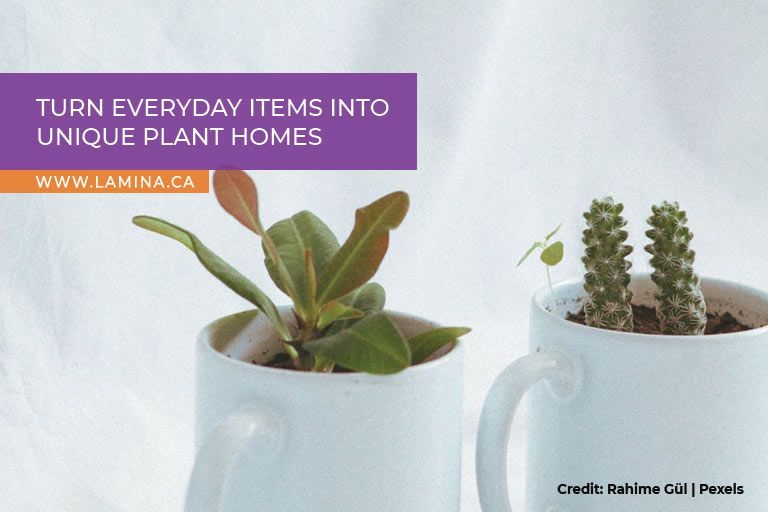While those trendy, designer plant shops hold undeniable charm, resist the urge to splurge. Here are some clever ways to find beautiful plants without draining your wallet:
Plants are a thoughtful gift. Ask friends or family if they have any plant babies they'd be willing to share. A single pothos vine can be easily propagated into multiple thriving plants.
- Online Marketplaces and Buy-and-Sell Groups
Facebook Marketplace, Craigslist, and local buy-and-sell groups are treasure troves for plant enthusiasts. Keep an eye out for people selling established plants they need to rehome or downsize from.
According to Statistics Canada, “In 2021,
21% of people in Canada said they grew fruit, herbs, vegetables or flowers indoors for personal use in the past 12 months.” You can rest assured that you will find people who can help you get started on your own garden.
These community events are a fantastic way to find unique plants and connect with fellow plant lovers. Look for local plant swap groups on social media. You might even find yourself leaving with more plants than you brought!
- Garden Center Clearance Sections
Many garden centers have dedicated sections for clearance plants. These might be slightly damaged or past their prime, but with a little TLC, they can bounce back beautifully.
Believe it or not, free plants exist! Check with local businesses for unwanted office plants, or ask neighbours if they have any plants they'd be happy to give away.
Choosing Low-Maintenance Options
Not all plants require constant attention and expensive fertilizers. Here are some
low-maintenance beauties for beginner plant parents:
- Snake Plant (Sansevieria)
A near-indestructible champion, the Snake Plant thrives with neglect. Water sparingly and enjoy its architectural elegance.
- ZZ Plant (Zamioculcas zamiifolia)
Another low-light champion, the ZZ Plant features glossy, emerald leaves and minimal water needs.
- Pothos (Epipremnum aureum)
This versatile vine adapts to various lighting conditions and tolerates inconsistent watering. Its cascading foliage adds a touch of whimsy to any space.
- Spider Plant (Chlorophytum comosum)
Known for producing adorable "spiderettes," the Spider Plant is easy to propagate and requires minimal fuss.
These fascinating plants don't need soil! Dunk them in water occasionally and enjoy their unique beauty.
Investing in the Essentials: Building a Budget-Friendly Plant Arsenal
While some fancy gadgets aren't necessary, a few key items can make your life as a plant parent easier:
As mentioned above, this tool helps you avoid overwatering, a plant killer for beginners. It's a small investment that will prevent costly plant losses.
A handy tool for misting plants that require higher humidity or for spot-cleaning dusty leaves. Refill it with tap water and use it sparingly, as excessive misting can encourage fungal growth.
Invest in a good pair of sharp pruning shears to remove dead leaves, encourage bushier growth, or control leggy stems.
Don't use garden soil for your indoor plants! Opt for a commercially available houseplant potting mix formulated for drainage and aeration.
These are essentials, not a shopping list. Prioritize the tools you need most and consider buying them second-hand or borrowing from a friend when possible.
Growing Your Plant Family for Free
Propagation is the art of multiplying plants from existing ones. This not only saves you money on buying new plants, but also allows you to create a connection with your existing greenery. Some easy-to-propagate plants for beginners include pothos, spider plants, and snake plants. With a few basic techniques, you can create a veritable plant army!
This method works for plants with leafy stems like pothos and philodendron. Take a stem cutting with a few nodes, remove the lower leaves, and place it in a jar of water. Wait patiently for roots to develop before transferring it to soil.
Plants like African violets or succulents can be propagated from single leaves. Research the specific needs of your chosen plant, as leaf propagation techniques may vary.
This method is perfect for plants that grow in clumps, like spider plants and snake plants. Carefully separate the individual plantlets, ensuring each has enough roots and leaves, and pot them up individually.
DIY Plant Care Solutions: Keeping Your Greenery Thriving
Commercial fertilizers and potting mixes can be expensive, but with a little creativity, you can create your own effective plant care solutions at home:
Eggshells, coffee grounds, and banana peels are all rich in nutrients that can benefit your plants. Research how to properly compost these items before using them to create a natural fertilizer tea.
Save money on pre-mixed potting soil by creating your own. Combine equal parts compost, sand, and perlite for a well-draining mix suitable for most houseplants.
Neem oil and insecticidal soap are effective, natural solutions for common houseplant pests. You can find recipes for homemade pest control sprays online.
Repurposing: Turning Everyday Items into Plant Containers







